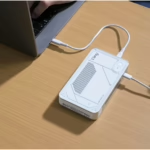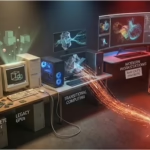BridgePBEE is new software from engineering researchers at the University of California, Berkeley that can model the interaction of soil, foundation, and structure in an earthquake.

Computer-based analysis of earthquake structural damage is a complex task. A new free software tool from engineering researchers at the University of California, Berkeley lets civil engineers conduct studies on a two-span, single-column highway bridge in a graphical environment.
BridgePBEE brings graphical pre-and post-processing to performance-based earthquake engineering (PBEE). It is now available as free software in beta release (open testing), published by the Pacific Earthquake Engineering Center at UCB. In addition to the more complex two-span bridge analysis, the software can also provide analysis on simpler pushover or base-input acceleration.
BridgePBEE is built on the Open System for Earthquake Engineering Simulation (Open-Sees), an open-source framework designed to provide 3D finite element analysis for structural and soil models, work with high-performance computing environments, and leverage a variety of databases and scientific visualization methods.
Samples of BridgePBEE at work are available on the software’s home page.






